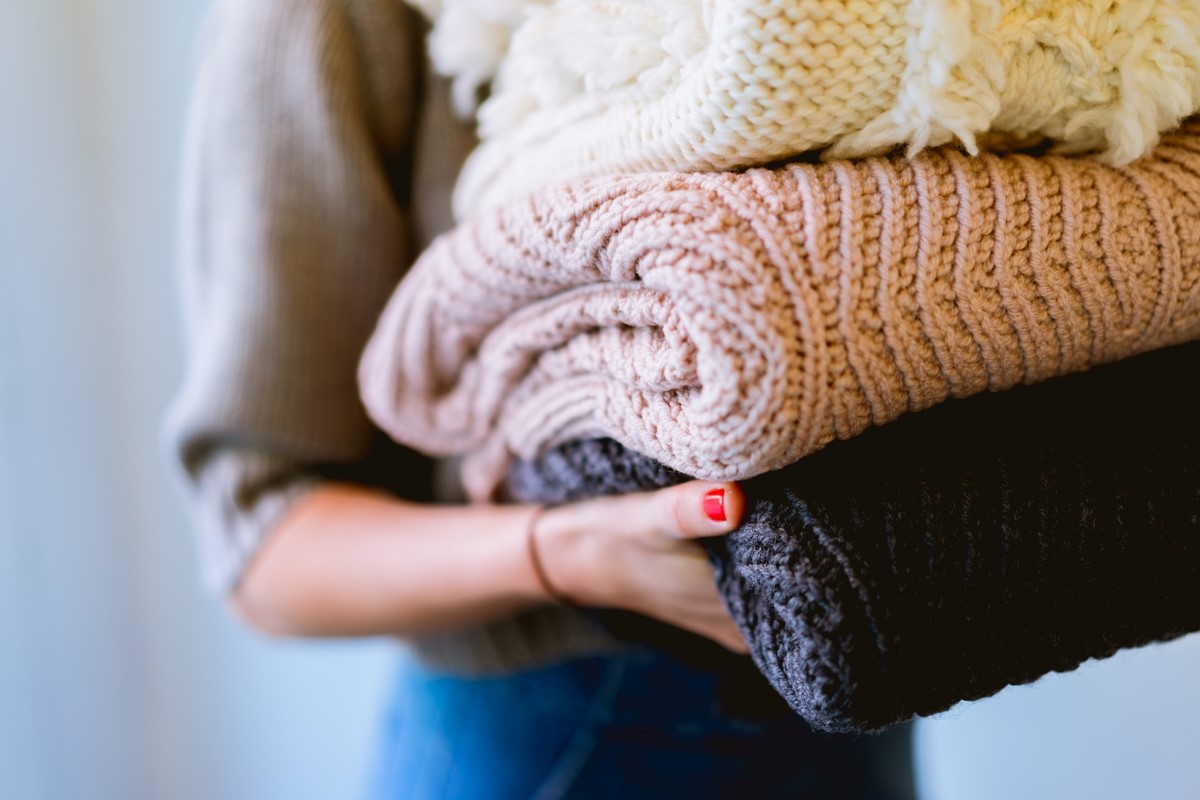
Fashion Rental Subscriptions | Never Own Clothes Again
Fashion rental subscriptions take leasing fashion a step further. Having y our wardrobe in constant rotation, fashion rental subscriptions allow consumers to satisfy their hunger for newness, whilst embracing sustainable approaches. Constantly renewing our wardrobe, are we leaving ownership behind?
One in seven consider it as a “fashion faux pas” to be photographed in an outfit twice, according to McKinsey. As we enter the festive season, more events, parties and occasions to dress up fill our calendars. It’s an exciting time of year, but with a busy schedule paired with the pressure to purchase a new outfit every outing, it makes for a costly struggle. It’s no surprise, then, why the clothing rental market is growing every year, estimated to be worth 7.5 billion dollars by 2026. Paying for an agreed time period, consumers can rent clothes and accessories from brands directly through platforms, such as Hurr. Rental also plays a part in the slow fashion movement, helps decrease textile waste and keeps fashion in circulation for longer.
Renting fashion is not a fresh concept, despite recently gaining more popularity. The concept of hiring formal clothing for special occasions has been around for hundreds of years, renting the likes of tuxes and graduation gowns. Online platform Rent The Runway has been established for over a decade, giving consumers a chance to hire designer clothing since 2009. Other rental platforms like By Rotation give consumers the opportunity to rent their own clothes to other consumers, charging a fee for a certain time period.
However, the boundaries of rental are expanding as we speak.
NOT JUST FOR SPECIAL OCCASIONS
Now, renting fashion has developed beyond special occasions. More brands and platforms are emerging that promote a circular wardrobe, rather than just one item per special event. Usually operating on a monthly subscription basis, consumers pay a certain amount for a monthly, or even weekly, wardrobe rotation.

HOW DOES IT WORK?
Different platforms offer different services. For example, Wear My Wardrobe Out offers three rented items per week and a total of 12 items per month for £90. The Devout offers from 3 – 10 items per month, which you can choose to hold onto for longer if you wish. Luxury handbag rental platform Cocoon offers a monthly membership where you can access bags from the premium and deluxe collections, promoting an exclusive subscription.
It’s not only rental platforms exploring the subscription model, brands are operating on a similar basis to extend the life of their products whilst maintaining consumer-brand relationships. MUD Jeans offers a leasing system, whereby the customer can lease their jeans for a monthly fee and, after a year, can either keep, swap or return them. Based on the premise of “setting you free from ownership”, MUD Jeans takes this circular concept further and also recycles used jeans into a new pair.
IS SUBSCRIPTION MORE SUSTAINABLE?
Renting fashion has always been part of a wider circular strategy, including resale and repair services. However, there are doubts about the impacts from other aspects of rental. A study published by Environmental Research Letters found that renting clothes isn’t as sustainable as originally thought. Although not the clothes themselves, the issue lies in transport, cleaning and packaging; all being flagged up as concerns from the short amount of leasing periods.
Despite the concerns, fashion rental does excel in prolonging garment life and incentivises brands to stop overproducing. The whole premise revolves around indulging in newness whilst reducing waste, creating a rotating wardrobe. Brands who offer this service are also able to stay relevant to consumers, without having to constantly churn out new products. Introducing longer subscription periods would be a more sustainable solution, but as we are fixated on overconsumption, it would unlikely satisfy consumer demand.


COULD THE FUTURE OF FASHION SEE THE END OF OWNERSHIP?
Fashion rental and subscription services require a complex system, as the products are being sent back-and-forth between the platforms and consumers. It’s less straightforward than resale, but keeps wardrobes in rotation and prevents products from ultimately ending up in waste. As we become less patient and are always looking for the next thing, renting is a suitable option to keep our wardrobes fresh without committing to ownership of new products.
Renting fashion, especially for young generations, is an important business model in order to satisfy the constant need for newness, without costing the planet. Although, we should learn to wear outfits more than once without shame!
Highlight Image:
© Kadarius Seegars via Unsplash
Words:
Jemima Patterson
Luxiders Magazine








